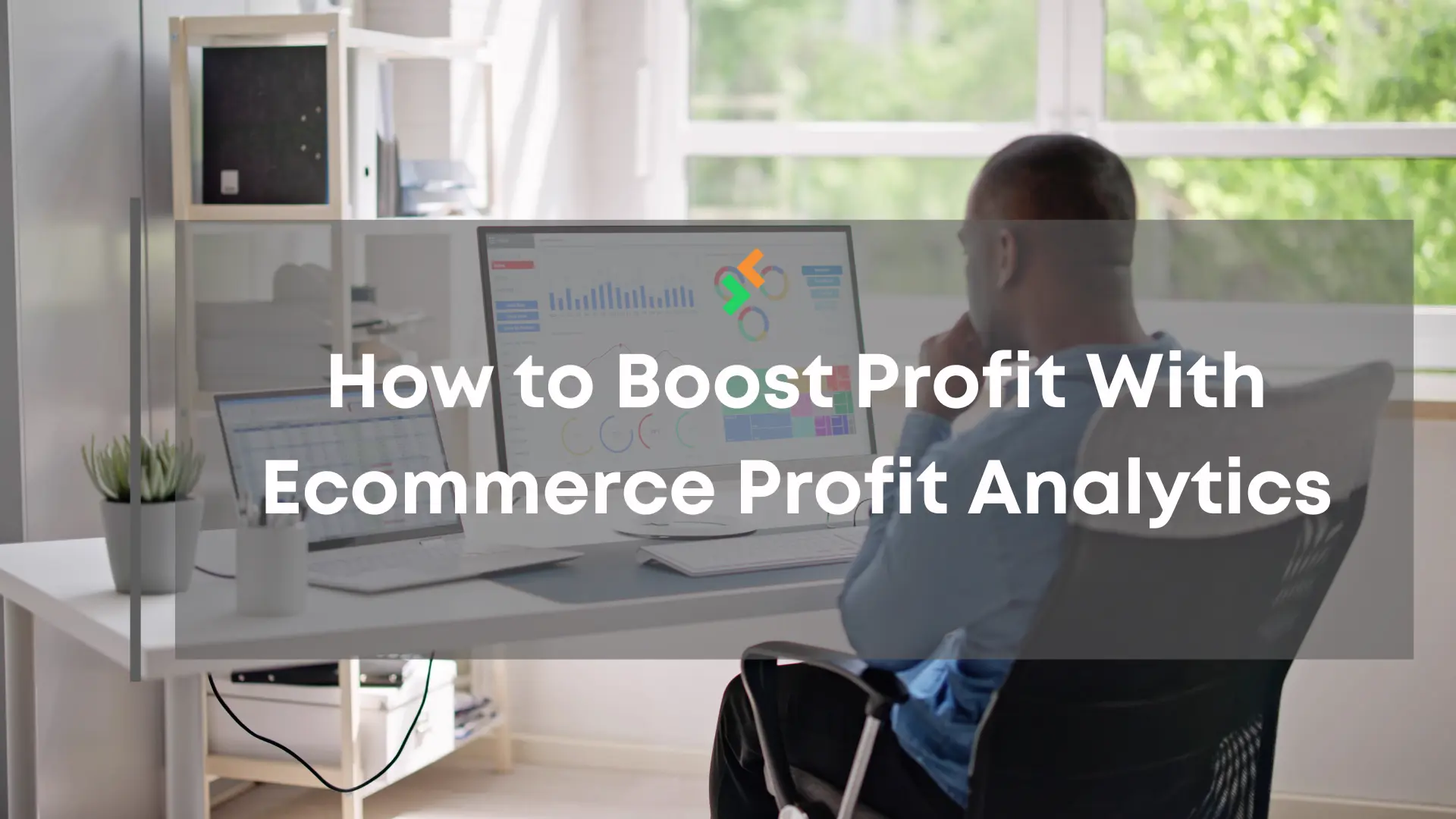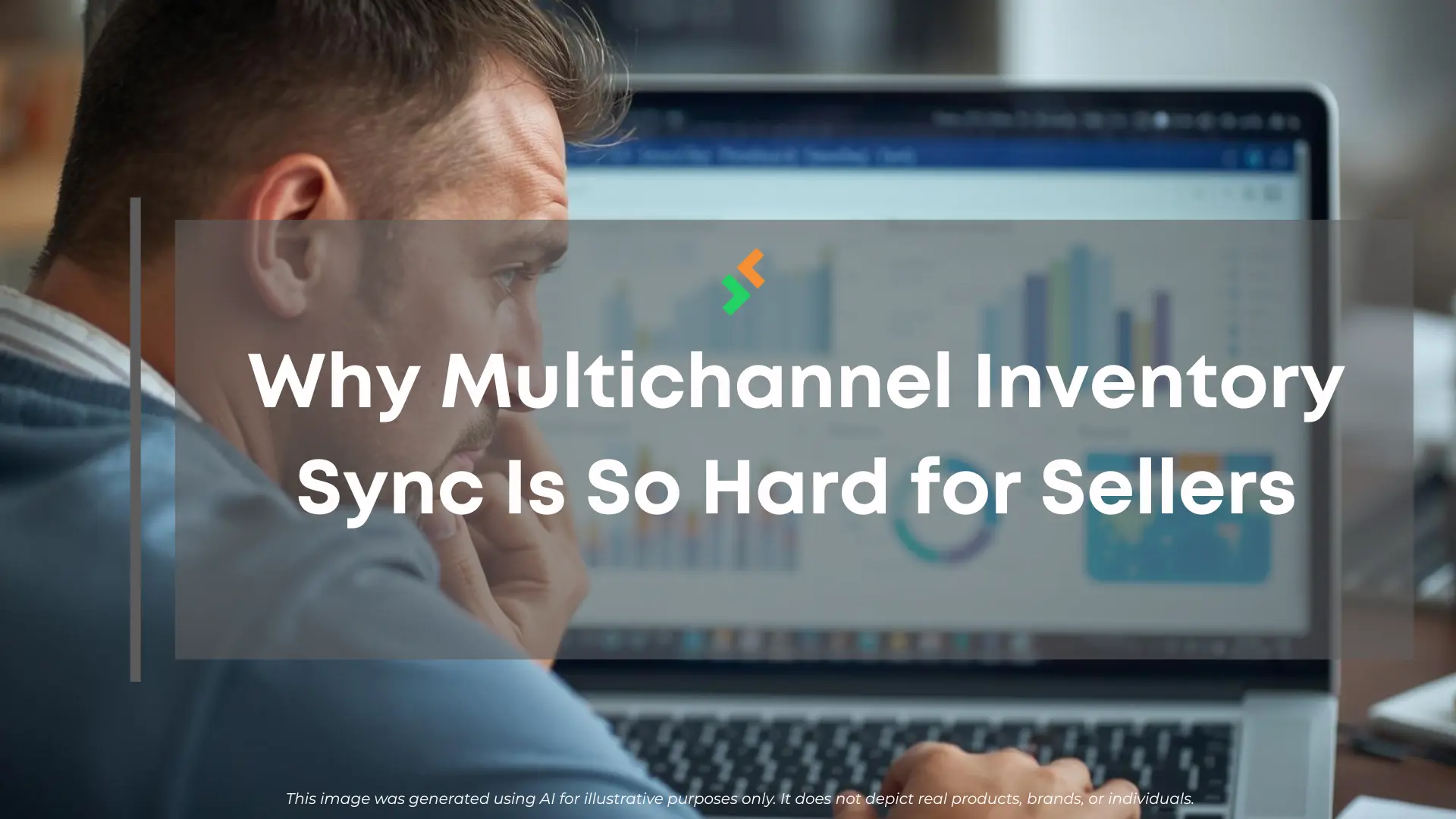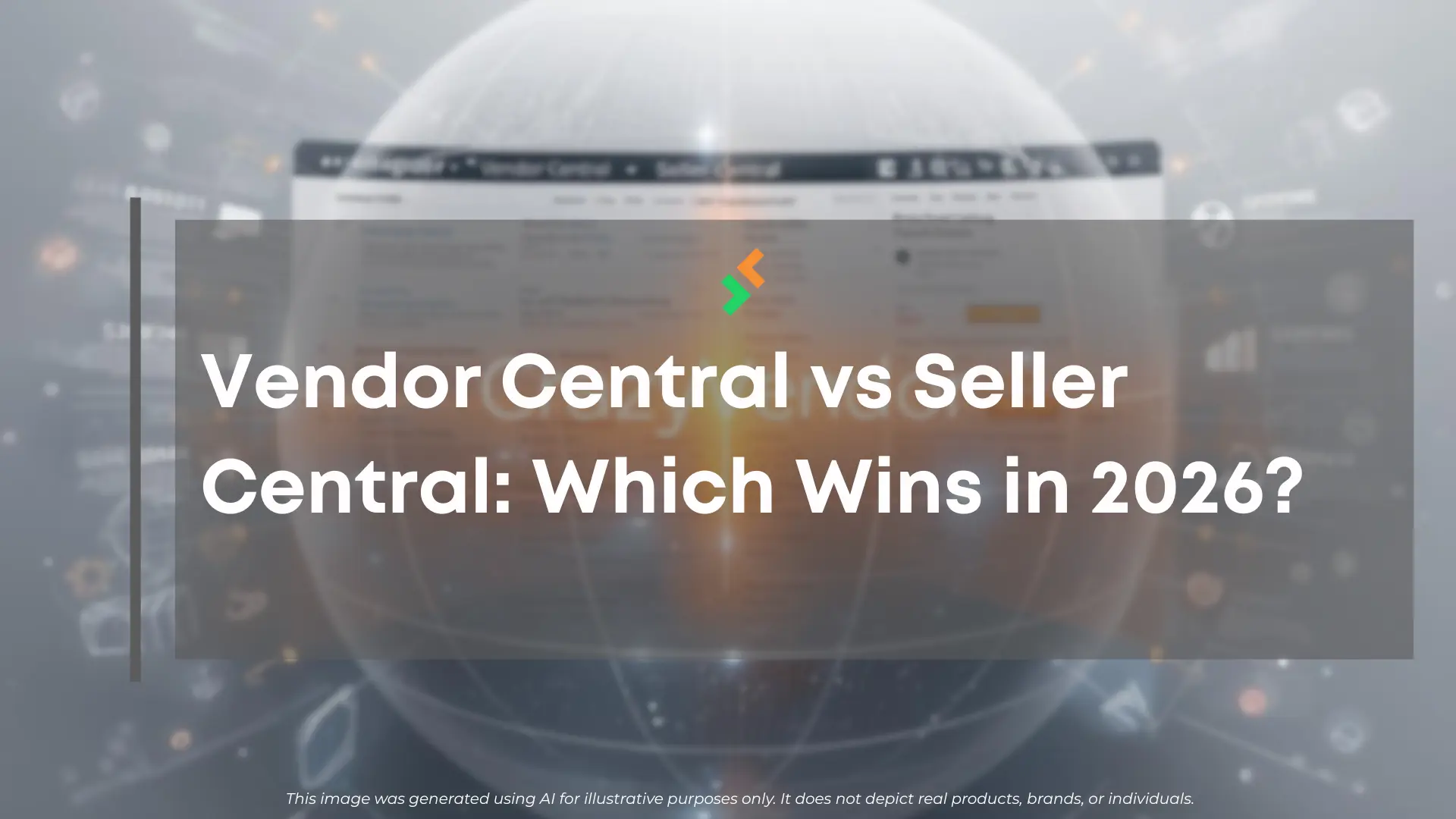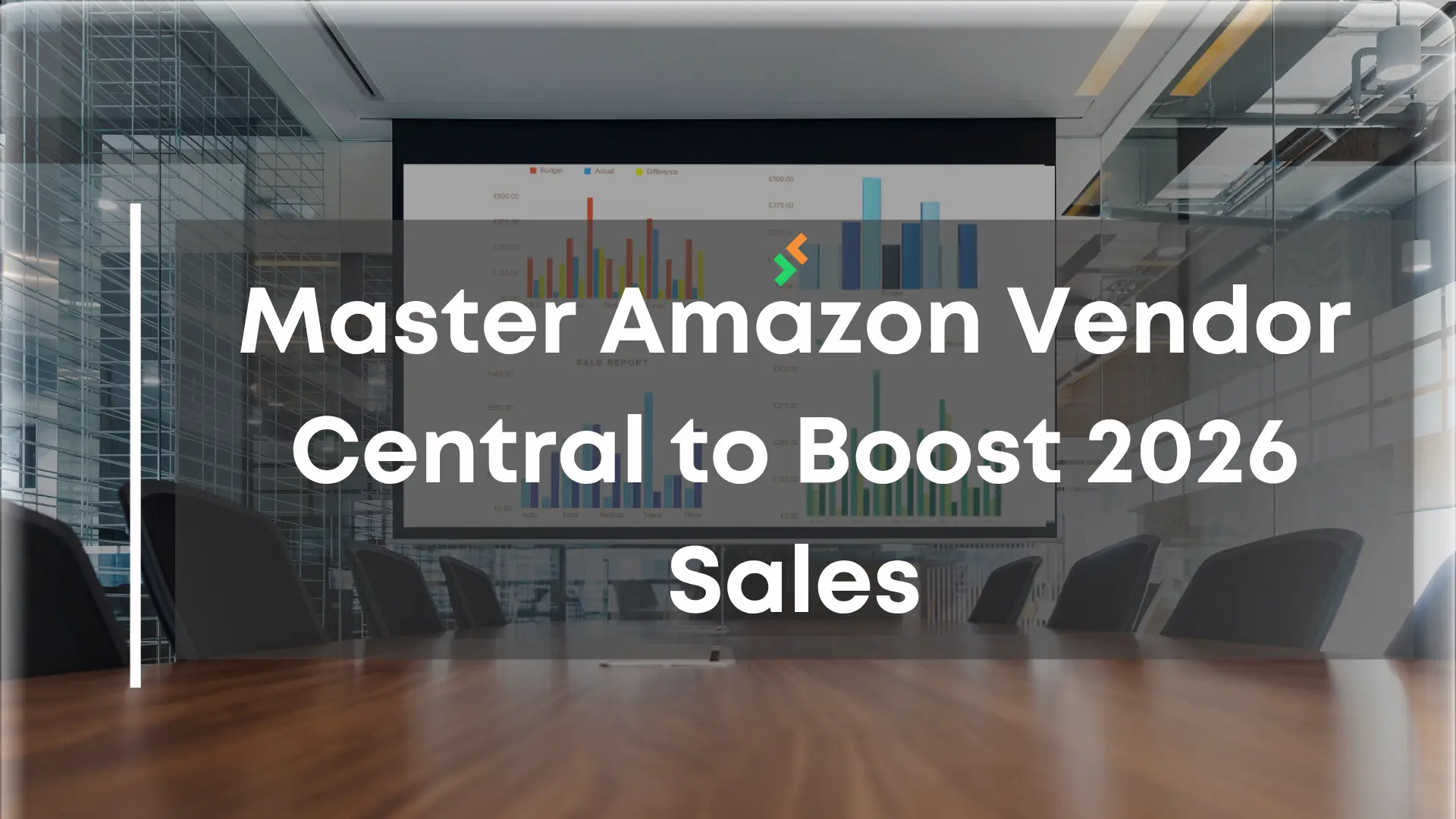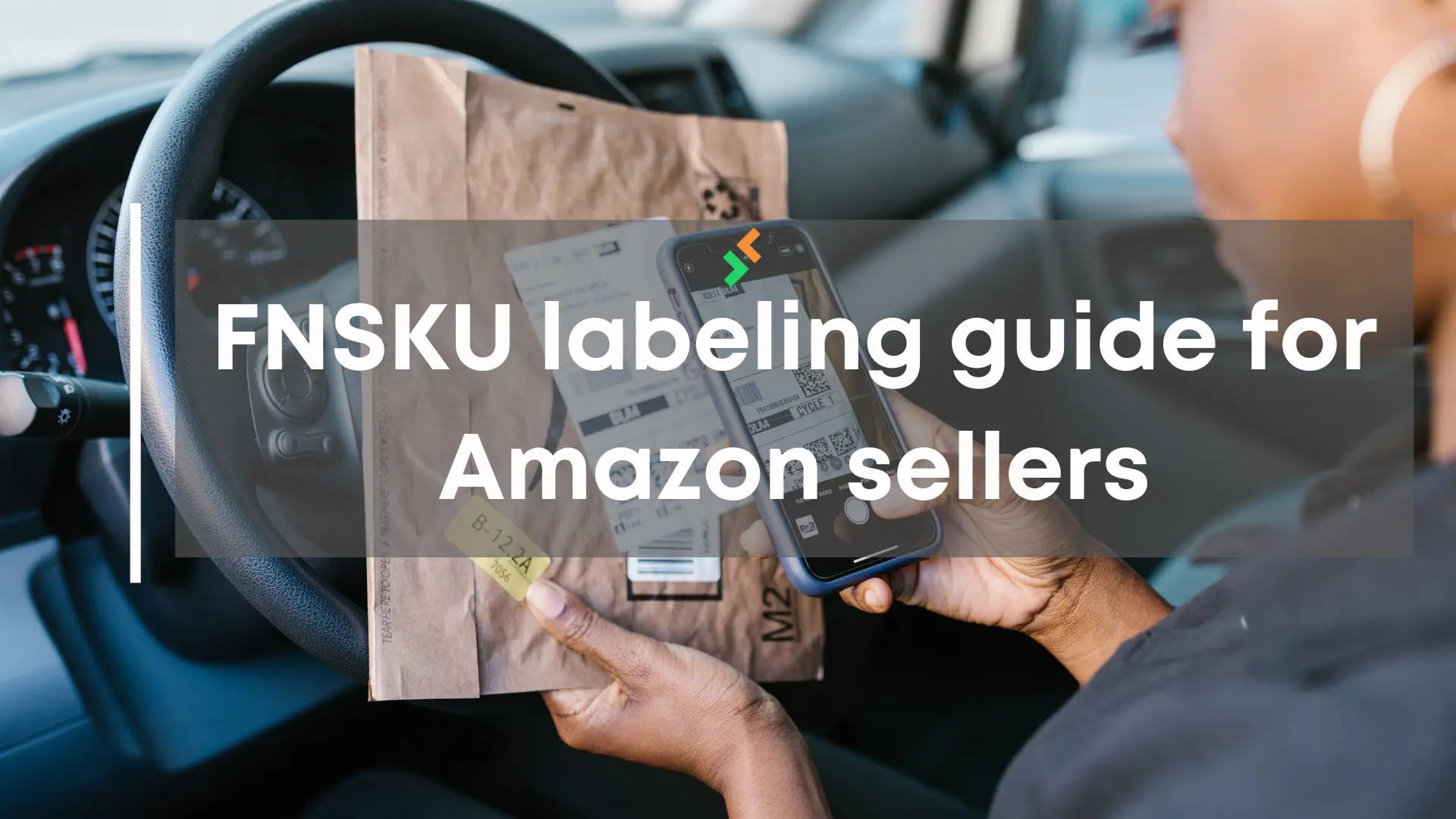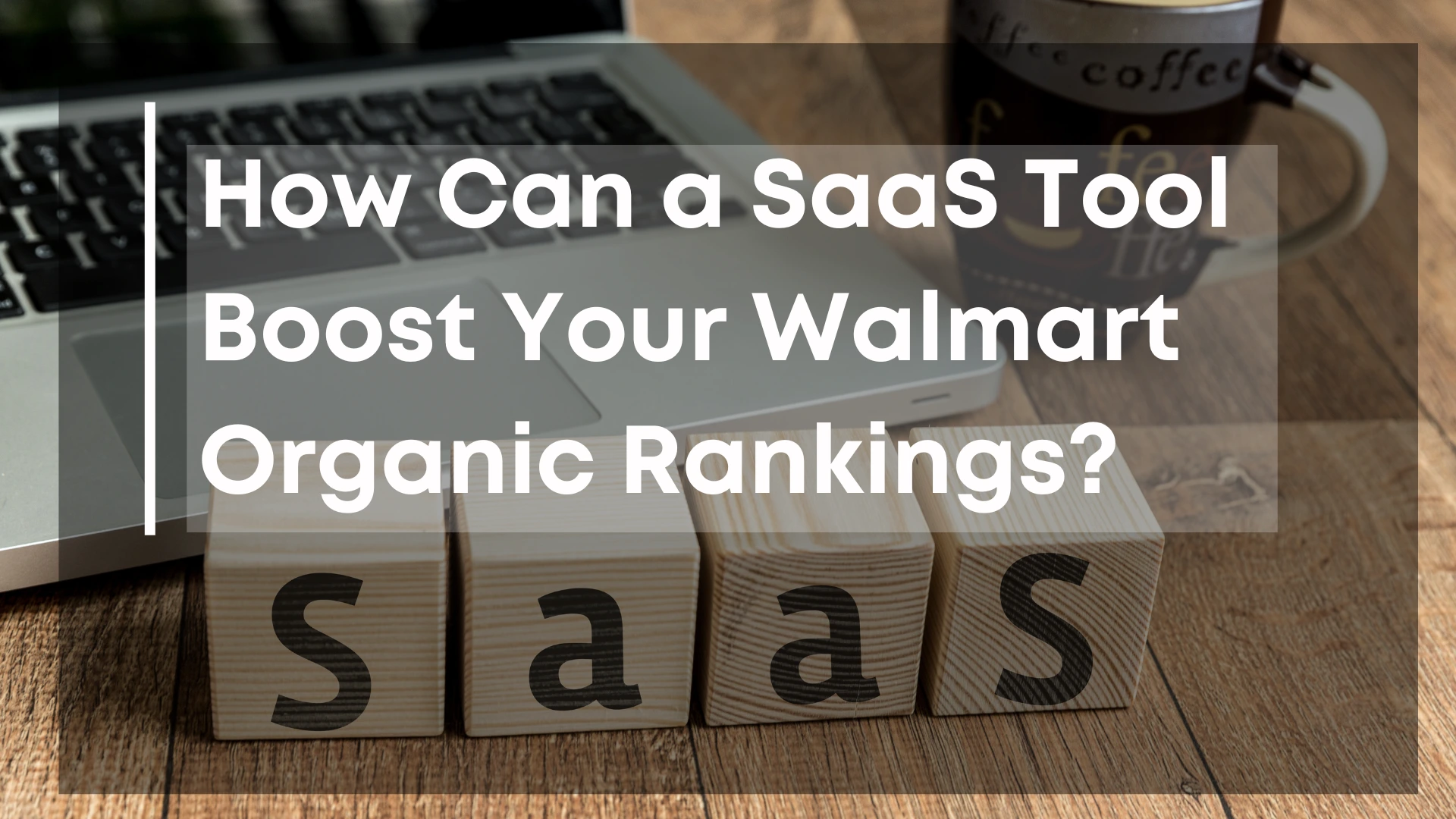
Achieving higher organic rankings on platforms like Walmart is crucial for increasing visibility and driving sales. Software as a Service (SaaS) tools have emerged as valuable assets for sellers aiming to optimize their product listings and enhance their position in search results. This article explores how leveraging SaaS tools can positively impact your Walmart organic rankings, supported by factual insights, legitimate studies, and real-world applications.
Table of Contents
How Walmart’s Search Algorithm Affects Your Organic Rankings
Understanding Walmart’s search algorithm is crucial for improving your product’s visibility. This algorithm determines the order in which products appear in search results based on several factors, including product title relevance, description quality, rich media content such as images and videos, and backend product specifications.
One of the most critical components is Walmart’s Content Quality Score, which evaluates how well-optimized a product listing is. A higher score leads to better organic rankings, increased customer engagement, and higher conversion rates. Understanding this ranking system is the first step in leveraging SaaS tools effectively.
For more about optimizing your listings and making the most of your Content Quality Score, check out our article on 10 Blog Layout Best Practices for 2025: Elevate Your UX for Success.
Why Walmart Prioritizes High-Quality Listings
Walmart’s algorithm favors listings that provide a seamless shopping experience. A product with a well-structured title, engaging descriptions, and high-resolution images is more likely to convert visitors into buyers. Walmart tracks engagement metrics like click-through rates and conversions, rewarding optimized listings with better rankings.
How to Improve Your Content Quality Score
Improving your Content Quality Score starts with optimizing your listings. Ensure your product titles are clear and include relevant keywords. Use rich media like videos and 360-degree images to enhance customer engagement. Fill out backend specifications completely, as Walmart relies on this data to match products to relevant searches.
The Role of AI in Walmart Listing Optimization
AI-powered SaaS tools simplify the optimization process by analyzing listings, identifying gaps, and providing actionable recommendations. These tools use data-driven insights to suggest keyword enhancements, pricing adjustments, and content improvements. By leveraging AI, sellers can continuously refine their listings and maintain high rankings.
The Role of SaaS Tools in Optimization
SaaS tools are designed to help sellers analyze, optimize, and automate their Walmart selling strategies. These tools address various aspects of Walmart’s ranking criteria, ensuring better visibility for product listings.
1. Content Quality Score Enhancement
Improving the Content Quality Score is crucial for achieving higher organic rankings on Walmart. Sellers can enhance their scores by optimizing product titles, descriptions, and backend attributes. Using automation tools, businesses can streamline the optimization process, ensuring their listings meet Walmart’s criteria for relevance and completeness. With a well-structured approach, sellers can improve discoverability, drive more traffic, and increase conversions without the need for manual adjustments.
2. Data-Driven Content Optimization
AI-powered SaaS tools, such as eZdia’s eZoptimizer, analyze product listings and suggest improvements based on data. A study conducted by eZdia found that pages optimized with eZoptimizer saw a 26% sales increase compared to a 12% increase for non-optimized pages, highlighting the power of data-driven content optimization (eZoptimizer for Walmart Sellers).
Learn more about using data insights for your business by reading How to Use Data Analytics to Boost Your E-commerce Sales.
The Impact of SaaS Tools on Walmart Sellers
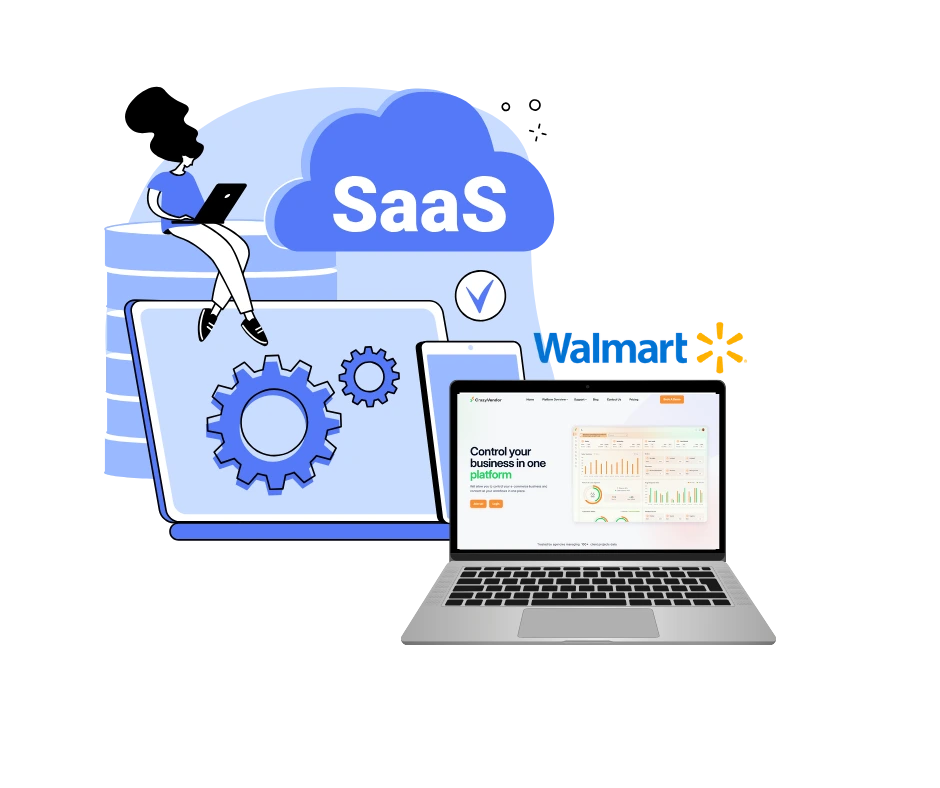
SaaS tools have been a game-changer for sellers on Walmart Marketplace. These tools provide automation, data-driven insights, and optimization strategies that help sellers improve efficiency and maximize sales.
How SaaS Tools Improve Product Visibility on Walmart
Visibility is crucial for success on Walmart Marketplace, and SaaS tools help sellers achieve this by optimizing product listings, automating keyword placement, and improving content quality scores. With better visibility, products rank higher in search results, leading to increased organic traffic and conversions.
Reducing Operational Costs Through Automation
Managing an e-commerce business requires significant time and resources. SaaS tools streamline essential tasks like pricing adjustments, order management, and customer communication, reducing the need for manual intervention. This automation minimizes operational costs while maximizing efficiency and profitability.
Using Data-Driven Insights to Stay Ahead of the Competition
SaaS tools provide real-time analytics that help sellers make informed decisions about pricing, inventory levels, and marketing strategies. By leveraging these insights, Walmart sellers can continuously refine their approach, adapt to market trends, and maintain a competitive edge.
Explore more about multichannel selling and boosting your e-commerce business with our article, Mastering Multichannel E-commerce: Strategies and Solutions for Success.
Real-World Example:
Walmart sellers using Crazy Vendor can effectively scale and optimize their business in the digital marketplace. This cloud-based platform streamlines and automates multichannel selling, allowing sellers to manage inventory, orders, and fulfillment from a single, user-friendly dashboard.
By providing seamless integration and valuable insights across all sales channels, Crazy Vendor helps businesses enhance efficiency, maximize revenue opportunities, and drive sustained growth. Additionally, AI-driven ad campaigns and optimized product listings improve rankings and visibility on Walmart.com, ensuring greater exposure and higher sales potential.
Conclusion:
Optimizing Walmart’s organic rankings, advertising, and analytics SaaS tools. By leveraging solutions like Crazy Vendor, sellers can streamline operations, automate processes, and enhance efficiency. Expanding product offerings, optimizing listings, and leveraging AI-driven ad campaigns improve visibility and sales.
For more information on how SaaS tools can impact e-commerce success, check out our related blogs, such as Balancing Inventory Levels: Avoiding Overstock and Stockouts and How to Scale Your E-commerce Business.
You can also follow us on social media for more e-commerce insights and updates!


